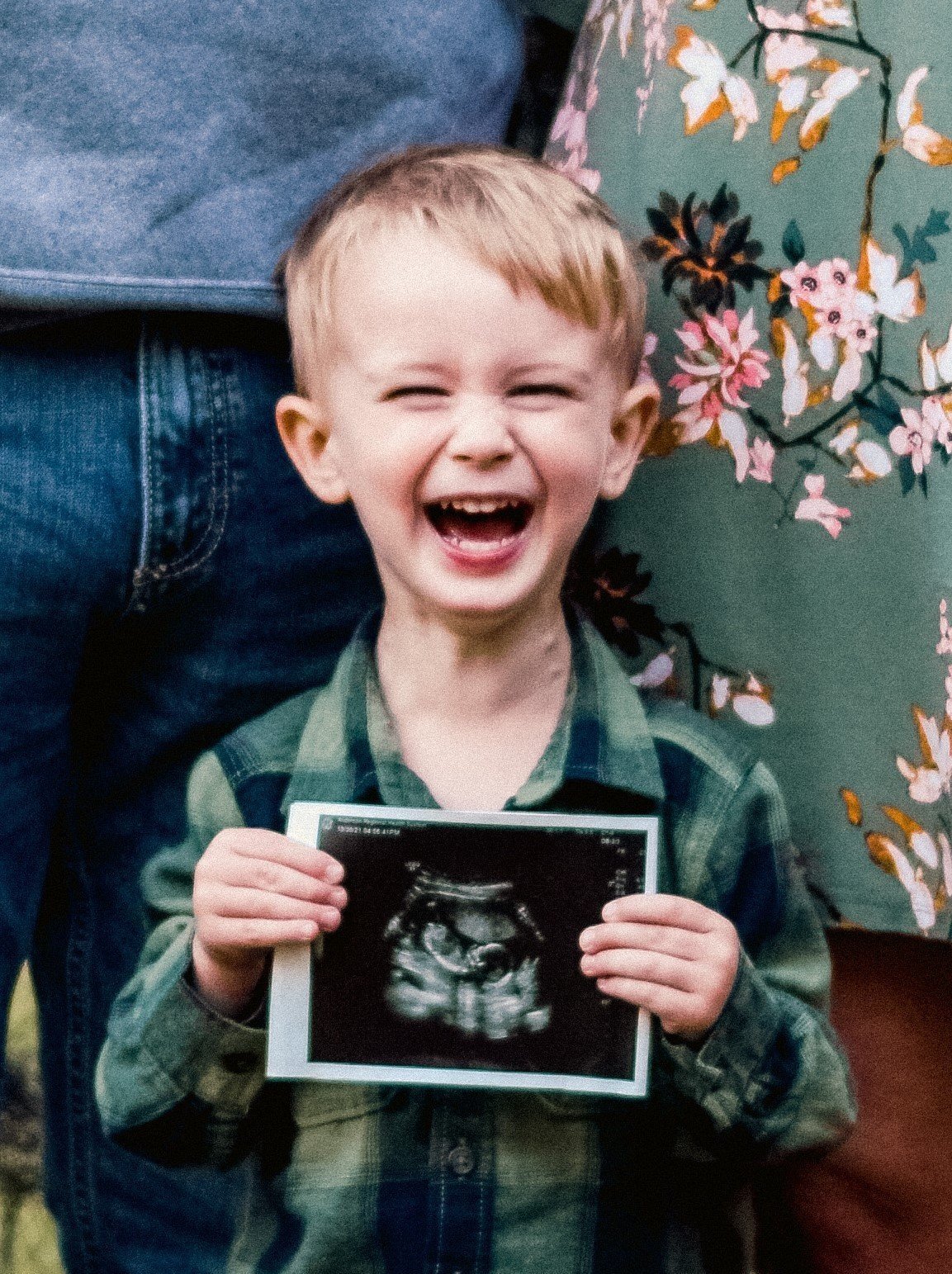Pelvic Floor Physical Therapy
A specialty of Physical Therapy, we have extra knowledge of the muscles, nerves, and joints of the lumbar, sacral and pelvic floor regions.
If your condition warrants, we use advanced treatments such as internal vaginal or rectal muscle examination and muscle treatments like massage, strumming, or trigger point release to reduce pain and spasms.
We often find low back or hip pain currently or a history of injuries in these areas concurrently with pelvic floor dysfunction and always treat the whole body to improve your primary complaints.
Post-Partum Recovery
In other countries, like Canada, women are automatically scheduled for a post-partum check up with their “physio” after they give birth. This is pelvic floor physical therapy to help with healing of the pelvic floor, abdominal wall, spine, and pelvis after pregnancy and giving birth. A lot of healing happens on it’s own, but why not see an expert to make sure you are doing all the things you can do to help your body heal so there are no long term effects, like incontinence or back pain, after you enter into motherhood. We also have tips and tricks on caring for your baby without increasing the risk for other orthopaedic complaints like wrist or neck pain from feeding or back pain that develops from lifting and carrying baby.
We even address painful scar tissue from vaginal tears, episiotomies, or C-sections sites.
Pelvic health specialty PT can also help you prepare your body for additional pregnancies, even if you are months to years post-partum.
C-Section Specialty Treatments
Delivering your baby via C-section is a major surgery. It is also sometimes traumatic and scary if it is not planned. Recovery is tough. To get to the baby, your doctor must cut through roughly 22 layers of tissue. It is sewn back together in 2 layers. Scar tissue is major. It is often sensitive and will keep your abs and bladder from working normally. Physical therapy will address your movement in general and also the scar’s effect on the abdominal wall directly.
Pregnancy Related Pain
If you experience pain while pregnant, you should first discuss this with the physician handing your obstetric care. If they tell you “it is just a normal part of being pregnant”, they are wrong. The changes a woman’s body experiences during growing a child also change the alignment and pressures placed on the joints and muscles of the spine and pelvis. There are techniques, both with hands on manual therapy and specific exercises that can help your body support the growing baby and continue to perform normal activities at home or work without causing you pain.
Birth Preparation
Child birth is the greatest workout of a woman’s life. It is rewarding, but also very physically challenging. We provide exercises to prepare your body for this amazing life event.
At Future Physical Therapy, we believe you should play an active role in the birth of your baby. We can also help you know what questions to discuss with your care provider to ensure you are in control of your birth experience and can make informed decisions every step of the way.
Image copyright: www.PelvicGuru.com
Diastasis Recti
Separation of the abdominal wall during pregnancy is normal. If this separation remains after post-partum healing has occurred, it is called Diastasis Rectus Abdominis, or DRA. It can be above the belly button, below the belly button, or both. It is measured in finger widths and one finger width is “acceptable”. What really matters is if this separation has a bulge at midline when you do activities, like transfer from laying down to getting up. If you have DRA, returning to exercise can be confusing. What helps it come back together and what exercises can make it worse? Your pelvic floor specialist can help.






